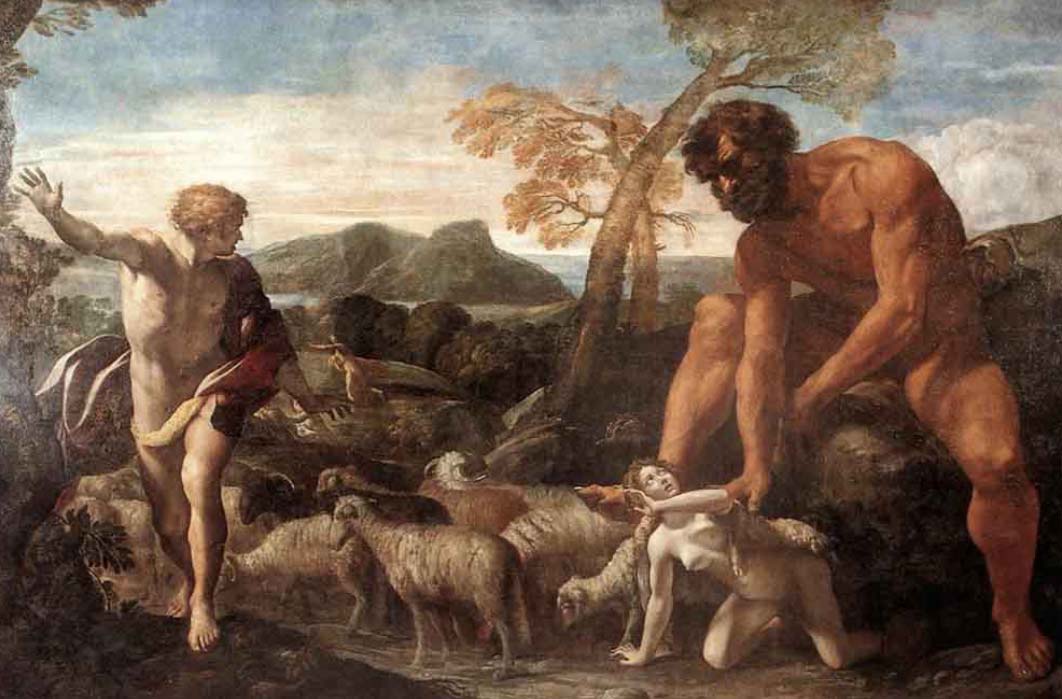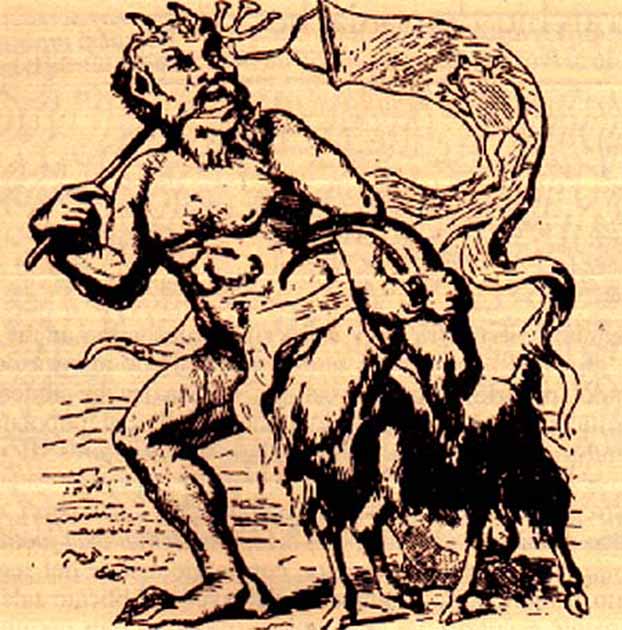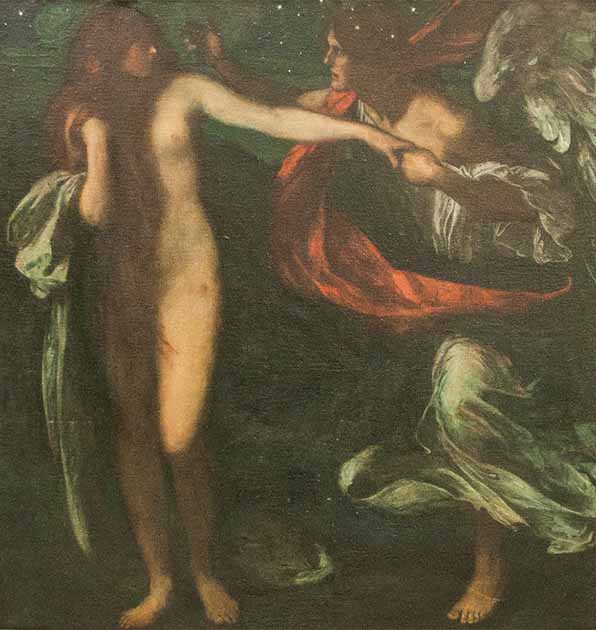
How The Sons Of God Became The Sethian Nephilim
According to the biblical story told in the Book of Genesis, Chapter 6:1-4, certain Sons of God fathered children with the daughters of men. They were called the Nephilim and are often identified with Giants. One of the fascinating aspects of the story of the Nephilim is the way in which they were presented in later post-Exilic Hebrew literature. The story as it appears in The Book of the Watchers, later incorporated in the first Book of Enoch, tells about the so-called Watchers or Fallen Angels. The Book of the Watchers was considered to have been a very important work within the Hasidim community associated with the Dead Sea Scrolls found at Qumran. The term, “Sons of Seth”, is found in three literary works amongst the Dead Sea Scrolls, and play an important role in the story. In the time of Jesus and most likely some time before that, the Sons of Seth became identified with the Nephilim.

Dead Sea Scroll fragments 7Q4, 7Q5 and 7Q8, including a Greek copy of a scroll of Enoch from Cave 7 in Qumran, written on papyrus (Public Domain)
The Watchers in the Jewish Enochite Tradition
The Book of the Watchers is the most significant source from Jewish tradition at current disposal about the Nephilim. One ancient manuscript of the book found among the Dead Sea Scrolls is dated on palaeographical grounds to the early second century BC. The book was produced at least as early as 200 BC but it could be much older. The story of the Watchers told in Chapters 6-19 belongs to an even older part of the Enochite tradition.
In The Book of the Watchers, the story of the “Sons of God” who had children with the daughters of men, found in the Book of Genesis, is much elaborated on. As the biblical portrayal of the Nephilim finds a clear and definite forerunner or prototype in the great Sumerian hero Gilgamesh, it comes as no surprise that Gilgamesh appears as one of the Giants in the Book of Giants, another book expanding on the story told in the Book of Genesis as well as the first Book of Enoch and of which various badly disintegrated and broken up Aramaic fragments were found amongst the Dead Sea Scrolls. Gilgamesh is mentioned together with Hobabish, probably Humbaba, and other Giants.

Illustration of Azazel in Dictionnaire infernal by Collin de Plancy (1863) (Public Domain)
According to The Book of the Watchers the “Sons of God” spoken of in Genesis 6 were angels. This reading of the term, “Sons of God”, is in agreement with the ancient way of understanding the term which is also found in the Ugarit texts. In the days of Jared, the father of Enoch, 200 angels or “Watchers”, under the leadership of Asa’el and Shemihaza, became attracted to the daughters of men. They then descended onto Mount Hermon in the north of the land of Israel. Their progeny were the Giants who were responsible for the corruption of the world in the antediluvian age. Later, the fallen Watchers were imprisoned and will remain so until the Day of Judgment whereas the sons of the Giants were condemned to destroy each other, with the spirits of the dead ones becoming demons roaming the earth.
- Were All The Nephilim Giants Or Men Of Renown?
- Giants In Canaan: Anakim, Rephaim And Nephilim
- The Nephilim Tradition From Ancient Sumer
The descended Watchers brought certain celestial “secrets” with them. These secrets included knowledge about magic arts, like magical medicine using charms, spells and the cutting of the roots of plants, technological knowledge about the discovery and working of metals in order to produce weaponry, bracelets and other adornments for women as well as knowledge of astronomy, astrology, meteorology, including the study of the clouds and cosmography. These innovations resulted in violence, warfare and sexual promiscuity.





